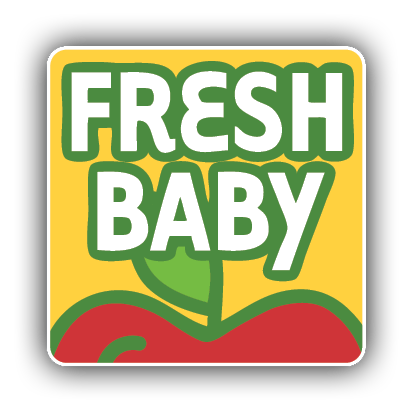
Years ago, it was a family tradition to pass down the secrets to treasured recipes and spend hours in the kitchen teaching young people to cook. Somewhere between the addiction to video games and the overactive schedules of parents and children, cooking lessons have been neglected.
While there are many reasons for teaching kids to cook – less expensive than eating out, preserves family heritage, etc. The most important reason is that by teaching your child to cook, you’re giving him a better chance to be a healthy grown-up. Enabling your child with the ability to appreciate freshness and to transform ingredients into tasty foods opens their eyes to making wiser choices about what to eat.
Cooking is perfect for children. They enjoy assembling, measuring, and chopping tasks. It offers them an opportunity to be proud of their accomplishments and to share them with others. Cooking has activities for all ages. Here are safe, age-appropriate activities that can you get your started:
Activities for children 3-6 years old:
- Washing fruits and veggies
- Cleaning the tables and counters
- Rolling things out on a baking sheet
- Making shapes with cookie cutters
Activities for children 6-10 years old:
- Reading recipes
- Writing the shopping list when told the ingredients
- Using measuring cups for dry and liquid ingredients
- Stirring ingredients in a bowl
- Using a dull knife to spread
- Prepping fruits and veggies without a knife (i.e. snapping beans, husking corn, etc.)
Activities for 10-13 year olds:
- Following steps and preparing simple recipes with little adult involvement
- Using a microwave, oven and stove.
- Using a hand grater
- Using a knife with supervision
- Operating a hand electric mixer
Activities for teens:
- Planning a balanced meal, party menu or special event
- Reading a recipe and creating a shopping list
- Operating a food processor and blender
- Making multiple ingredient recipes without supervision
- Making a family dinner on a weekend night
When you begin to teach your child to cook it is important to teach appropriate kitchen safety and cleanliness practices. Introduce new safety and cleanliness concepts as your child progresses in their skill level. You can never review the basics of safety and cleanliness enough. Most of all have fun!


